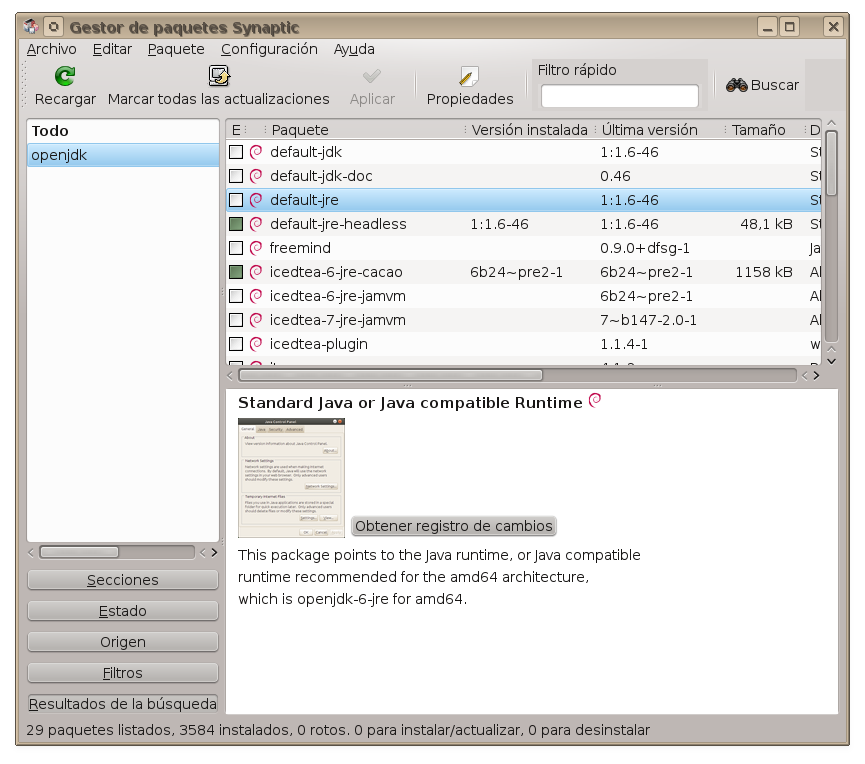
- #OPENJDK LATEST VERSION 8 HOW TO#
- #OPENJDK LATEST VERSION 8 INSTALL#
- #OPENJDK LATEST VERSION 8 DOWNLOAD#
- #OPENJDK LATEST VERSION 8 MAC#
- #OPENJDK LATEST VERSION 8 WINDOWS#
Mailing Lists: ask questions about Spark here.Spark Community resources, including local meetups.Third Party Projects: related third party Spark projects.Building Spark: build Spark using the Maven system.Migration Guide: Migration guides for Spark components.Integration with other storage systems:.Hardware Provisioning: recommendations for cluster hardware.Job Scheduling: scheduling resources across and within Spark applications.Tuning Guide: best practices to optimize performance and memory use.Monitoring: track the behavior of your applications.Configuration: customize Spark via its configuration system.Kubernetes: deploy Spark on top of Kubernetes.YARN: deploy Spark on top of Hadoop NextGen (YARN).Standalone Deploy Mode: launch a standalone cluster quickly without a third-party cluster manager.Amazon EC2: scripts that let you launch a cluster on EC2 in about 5 minutes.Submitting Applications: packaging and deploying applications.Cluster Overview: overview of concepts and components when running on a cluster.


#OPENJDK LATEST VERSION 8 HOW TO#
To learn more about Spark Connect and how to use it, see Spark Connect Overview. In Spark 3.4, Spark Connect provides DataFrame API coverage for PySpark and The separation betweenĬlient and server allows Spark and its open ecosystem to be leveraged from anywhere, embedded Spark Connect is a new client-server architecture introduced in Spark 3.4 that decouples SparkĬlient applications and allows remote connectivity to Spark clusters. Running Spark Client Applications Anywhere with Spark Connect bin/spark-submit examples/src/main/r/dataframe.R To run Spark interactively in a Python interpreter, use Python, Scala, Java, and R examples are in the Spark comes with several sample programs. This prevents the : or .(long, int) not available error when Apache Arrow uses Netty internally. When using the Scala API, it is necessary for applications to use the same version of Scala that Spark was compiled for.įor example, when using Scala 2.13, use Spark compiled for 2.13, and compile code/applications for Scala 2.13 as well.įor Java 11, setting =true is required for the Apache Arrow library. Java 8 prior to version 8u362 support is deprecated as of Spark 3.4.0. Python 3.7 support is deprecated as of Spark 3.4.0. It’s easy to run locally on one machine - all you need is to have java installed on your system PATH, or the JAVA_HOME environment variable pointing to a Java installation. This should include JVMs on x86_64 and ARM64.
#OPENJDK LATEST VERSION 8 MAC#
Linux, Mac OS), and it should run on any platform that runs a supported version of Java.
#OPENJDK LATEST VERSION 8 WINDOWS#
Spark runs on both Windows and UNIX-like systems (e.g.
#OPENJDK LATEST VERSION 8 INSTALL#
Scala and Java users can include Spark in their projects using its Maven coordinates and Python users can install Spark from PyPI.
#OPENJDK LATEST VERSION 8 DOWNLOAD#
Users can also download a “Hadoop free” binary and run Spark with any Hadoop version Downloads are pre-packaged for a handful of popular Hadoop versions. Spark uses Hadoop’s client libraries for HDFS and YARN. This documentation is for Spark version 3.4.0.

Get Spark from the downloads page of the project website. It also supports a rich set of higher-level tools including Spark SQL for SQL and structured data processing, pandas API on Spark for pandas workloads, MLlib for machine learning, GraphX for graph processing, and Structured Streaming for incremental computation and stream processing.

It provides high-level APIs in Java, Scala, Python, and R,Īnd an optimized engine that supports general execution graphs. Apache Spark is a unified analytics engine for large-scale data processing.


 0 kommentar(er)
0 kommentar(er)
